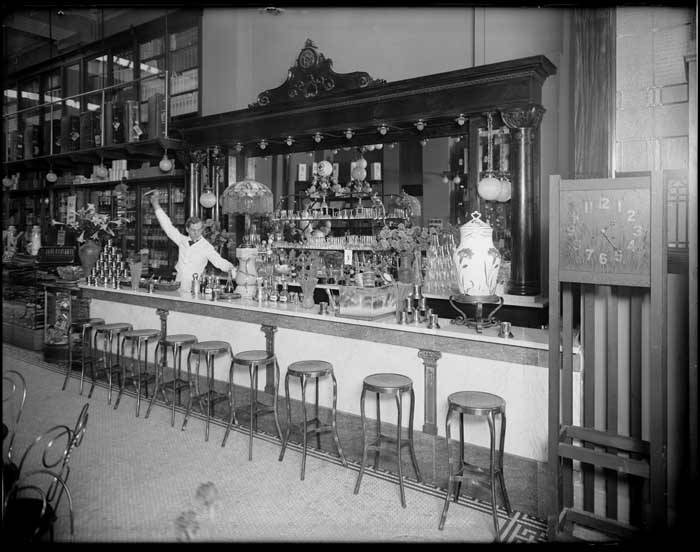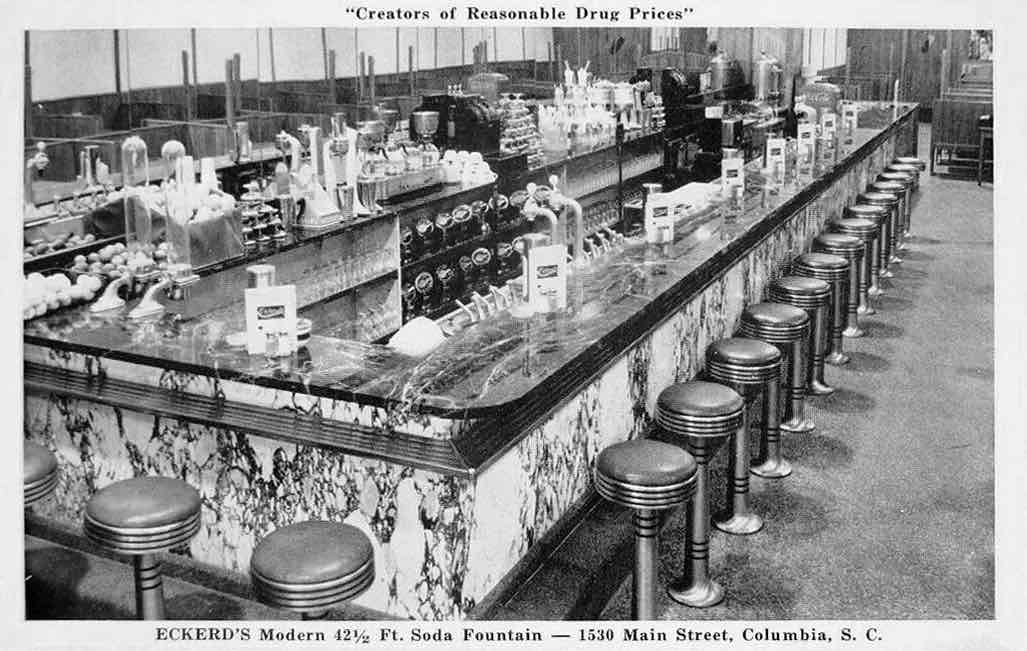Few inventions have revolutionized personal hydration quite like the cold beverage dispensing machine. You probably know something about old-time soda fountains, but did you know that the earliest known beverage dispensing machine dates back to the first century? From ice-cold sodas to refreshing fruit juices, these marvels of modern technology have become fixtures in our daily lives. But how did these convenient contraptions come to be?
A Penny for Some Holy Water, Please?
The concept of vending machines dates back to Roman Egypt. The first reference was created by mathematician and engineer Hero of Alexandria. These early vending machines were simple devices that dispensed holy water or wine when a coin was inserted. 1.
The desire for chilled beverages dates back centuries, with early civilizations employing various methods to keep drinks cool. In ancient Mesopotamia, for example, people stored clay pots filled with water and fruits in underground chambers to keep them cool during hot summer months. Similarly, the ancient Egyptians and Greeks stored wine and other beverages in underground cellars or submerged them in rivers to chill.
The concept of artificial refrigeration began to take shape in the 18th century with the construction of icehouses and the invention of iceboxes. Icehouses were large structures used to store natural ice harvested from frozen bodies of water, while iceboxes were crude refrigerators, household appliances designed to keep food and beverages cool using blocks of ice.
The Soda Fountain Era – Putting It All Together
Soda fountains were designed to create a beverage just like natural mineral water, which bubbled out of the Earth and was naturally carbonated. Mineral water was believed to cure diseases and be better for you than flat water. Those “curative” properties made it a natural fit for drugstores.
Henry Thompson was granted a British patent in 1807 for infusing water with carbon dioxide. In 1819, U.S. physician Samuel Fahnestock was granted a patent for the soda fountain. In 1832, John Matthews of New York refined the design of a soda fountain that would make artificially carbonating water more cost-effective. His machine could make carbonated water at a price and quantity that was practical for drugstores or street vendors. 2.
The late 19th and early 20th centuries witnessed the rise of the soda fountain, which played a significant role in the development of cold beverage dispensing machines. These elaborate contraptions mixed carbonated water with flavored syrups to create sodas, which were dispensed through a nozzle into a glass filled with ice.
Soda fountains became popular fixtures in drugstores, soda shops, and ice cream parlors, offering patrons a refreshing escape from the heat. They also became social gathering spots, especially once Prohibition closed down saloons and bars. They continued to be central to youth culture through the 60s.
Technological Advancements
As technology advanced, so too did cold beverage dispensing machines. Mechanical mechanisms were replaced by electronic controls and microprocessors, allowing for greater efficiency and customization. New features such as touch screens, cashless payment options, and remote monitoring capabilities enhanced the user and vendor experience, making it easier than ever to grab a cold drink on demand.
The Rise of Healthy Alternatives
In recent years, there has been a growing demand for healthier beverage options, prompting vending machine manufacturers to adapt accordingly. Today, you’re just as likely to find machines dispensing chilled water, iced tea, or fruit juices as you are sugary sodas. Some machines even offer customizable options, allowing users to adjust sweetness levels and flavorings to suit their preferences.
Can You Believe?
It’s amazing that all of this started as a way to dispense a bit of holy water! What will we think of next?
1. Wikipedia
2. Wikipedia


Recent Comments